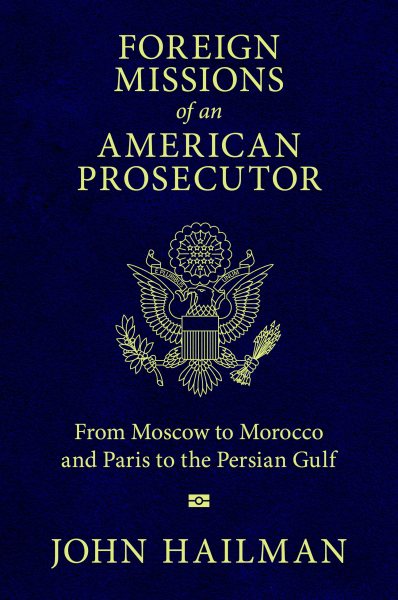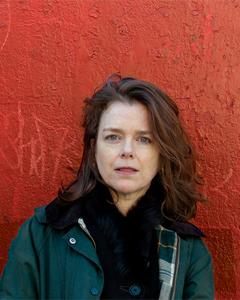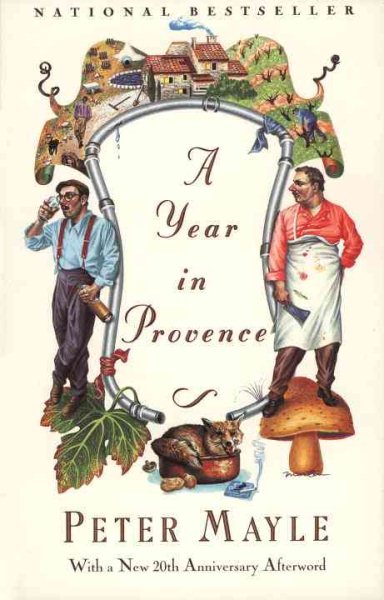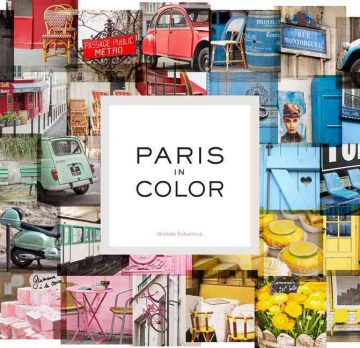By Charlie Spillers. Special to the Clarion-Ledger Sunday print edition (August 4)
Early in Foreign Missions of an American Prosecutor, author John Hailman refers to himself as an “old traveler looking back on his life.” He then takes readers along on a fascinating and incredible journey.
 Hailman’s fifth book gives us a world filled with adventures, romances, and intrigue he experienced during a lifetime of international travels, beginning as a university student living in France. Traveling the world later as a representative for the U.S. Justice Department, Hailman encountered criminals and conspiracies, including a plot in Ossetia, Georgia, to hijack his helicopter and kidnap him. He brings these adventures to life in this engaging and exciting book.
Hailman’s fifth book gives us a world filled with adventures, romances, and intrigue he experienced during a lifetime of international travels, beginning as a university student living in France. Traveling the world later as a representative for the U.S. Justice Department, Hailman encountered criminals and conspiracies, including a plot in Ossetia, Georgia, to hijack his helicopter and kidnap him. He brings these adventures to life in this engaging and exciting book.
In 1991, the Justice Department established its own Foreign Service, a unit named Office of Overseas Prosecutorial Development and Training, known by its acronym, OPDAT, and Mississippi’s John Hailman became its top diplomat.
It’s easy to understand why he was selected for a leading international role. The U.S. Ambassador in Tunisa said it best in a letter commending Hailman: “With his excellent language skills, vast experience, and personal charm and candor, Mr. Hailman has been warmly and respectfully welcomed into Tunisian circles.” With those attributes he was well-received throughout his foreign missions. Hailman was also a skilled lawyer with a brilliant legal mind and a diplomat’s fine tact, which made him effective in promoting the rule of law. These were important missions that could influence a nation’s legal system.
Worldly and sophisticated, fluent in French, and a nationally recognized wine expert, Hailman is also a skilled writer. This passage from a mission to Switzerland is a prime example of the author’s incomparable experiences and vivid descriptions:
My own two weeks in Switzerland were probably most memorable for the several days I spent in their deliberately simple, primitive mountain dwellings in the Alps in January with Inspector Billant and his detectives, where the only heat was from wood-burning fireplaces and where we drank fine, clear, icy water from snow-melt. Those were . . . rustic retreats where we had simple but magnificent meals from local sheep, goats, and cattle: dried beef with white gravy, pots of delicious cheese fondue, and raclette with bright nights deep in the snow of the Alps.
Raclette is a national Swiss dish consisting of cheese melted over a fire and then scraped onto bread or boiled potatoes. Reading the passage, one can almost feel the chilled air, see the beautiful mountains, and taste the hearty dishes.
This book is actually a memoir in two parts, with the second describing his international missions. The first part details Hailman’s adventures and romances as a young man studying in Paris, living with a French model, visiting London with a beautiful Parsee, his colorful exploits in Algeria, tending bar on the island of Mallorca and the Greek islands, and working for Air France to entertain clients in exotic locales. It’s a life most could only dream about.
Hailman’s fluency in French was an essential element of his early and later success. As a young man he lived in Paris for two years studying at the Sorbonne. His studies may have suffered, however, because during that time he became a gigolo to wealthy Parisian women. That may have been early training in diplomacy and delicate international relations. Fortunately, he continued to pursue international relations on a different level for the Justice Department.
And happily for readers he recounts an amazing life in this well-written and captivating memoir.
Charlie Spillers is the bestselling author of Confessions of An Undercover Agent: Adventures, Close Calls and the Toll of a Double Life. and Whirlwind: A Frank Marsh Novel. His next book, Flashpoint: A Frank Marsh Novel, will be released soon. He’ll moderate the panel “Crime and the Law” at the Mississippi Book Festival.
John Hailman will appear at the Mississippi Book Festival August 17 as a participant in the “Crime and the Law” panel at 4:00 p.m. at the State Capitol Room 201 H.



 The Mistral is the wind that plagues Provence, as southern California is plagued by the Santa Ana winds. Over centuries of living in the region, the natives of Provence have learned ways to account for the strong and sudden wind.
The Mistral is the wind that plagues Provence, as southern California is plagued by the Santa Ana winds. Over centuries of living in the region, the natives of Provence have learned ways to account for the strong and sudden wind.
 Peter Mayle’s
Peter Mayle’s 
 Photographer Nichole Robertson used color to organize her coffee-table book
Photographer Nichole Robertson used color to organize her coffee-table book